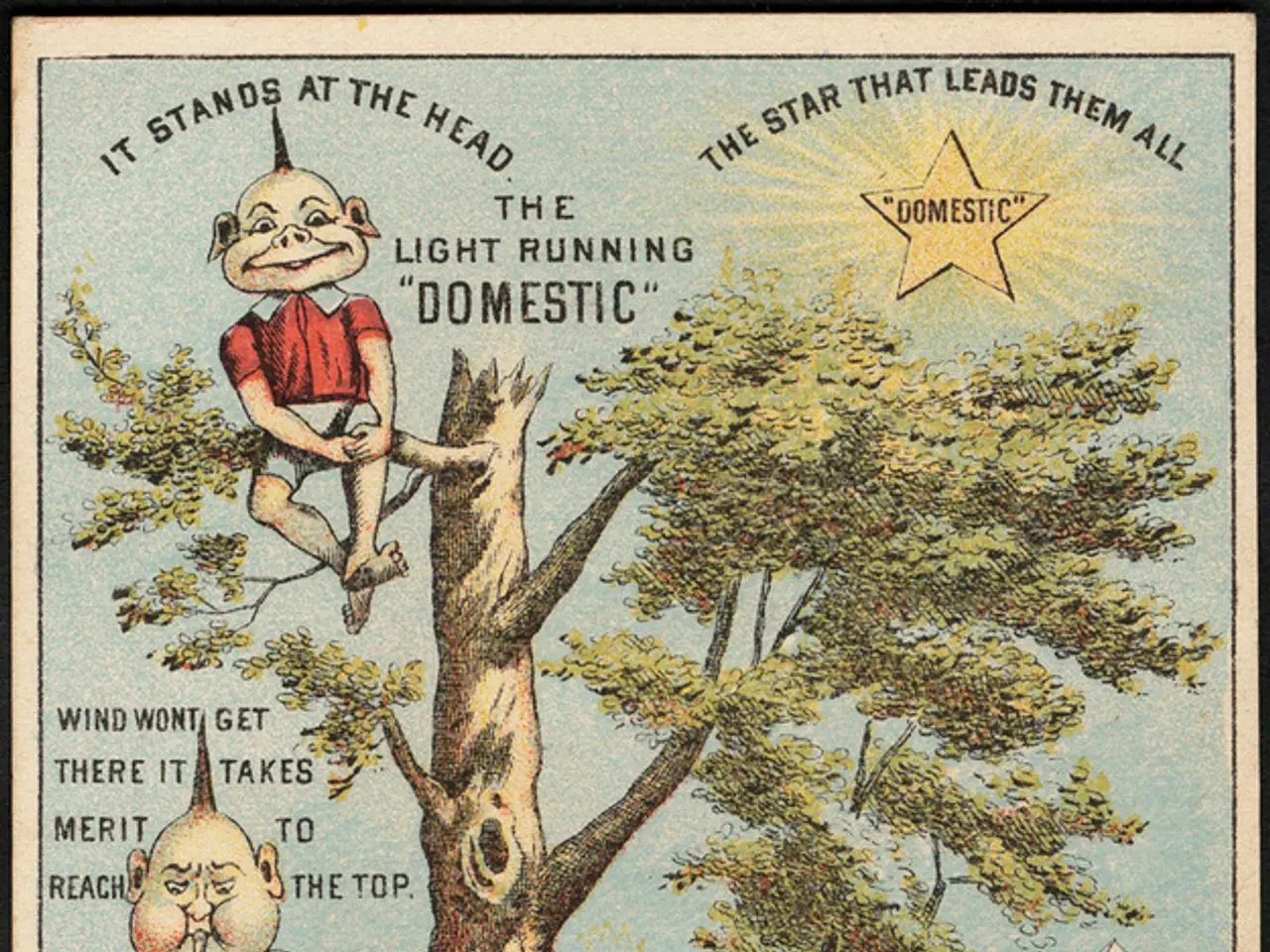Boy Scouts of America: A Century of Growth and Inclusion
The Boy Scouts of America (BSA) has evolved significantly since its inception in 1910. Today, it welcomes both boys and girls into its Cub Scout program, fostering ethical and moral choices. Let's delve into the history and growth of this iconic youth organization.
The BSA's journey began in 1910 at the 28th Street YMCA in New York City. Initially, it had no official magazine, Order of the Arrow, or Cub Scout program. However, the first Cubbing packs were registered in 1930, later renamed 'Cub Scouts' in 1945. These packs were the forerunners of the Cub Scout program we know today.
The Cub Scout program has since expanded to include younger age groups. In recent years, it has welcomed Tigers (first-graders) and Lions (kindergartners). The Webelos rank was introduced in 1941, and in 1978, the Cub Scout ranks were realigned to include Bobcat, Wolf, Bear, Webelos, and Arrow of Light. This structured progression allows young scouts to grow and develop their skills over time.
The Scout Law, a fundamental part of the BSA, consists of 12 points. These include trustworthy, loyal, helpful, friendly, courteous, kind, obedient, cheerful, thrifty, brave, clean, and reverent. These points guide scouts in making ethical and moral choices, promoting strong character development.
From its humble beginnings in 1910 to its current form, the BSA's Cub Scout program has grown and adapted to meet the needs of young people. Today, it stands as a beacon of character development and values-based leadership, open to both boys and girls.





